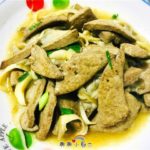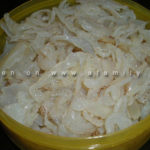How to Choose Good Pork
When buying pork, avoid simply asking for “Give me 5 ounces of tenderloin” or “Give me 3 ounces of pork belly.” Instead, follow these steps to select clean pork:
Avoid buying pork when you encounter the following signs:
Injected pork: Injected pork will have a pale color, sticky texture, fibrous meat, and more water dripping compared to normal pork. When you notice this sign, housewives should avoid buying that meat.
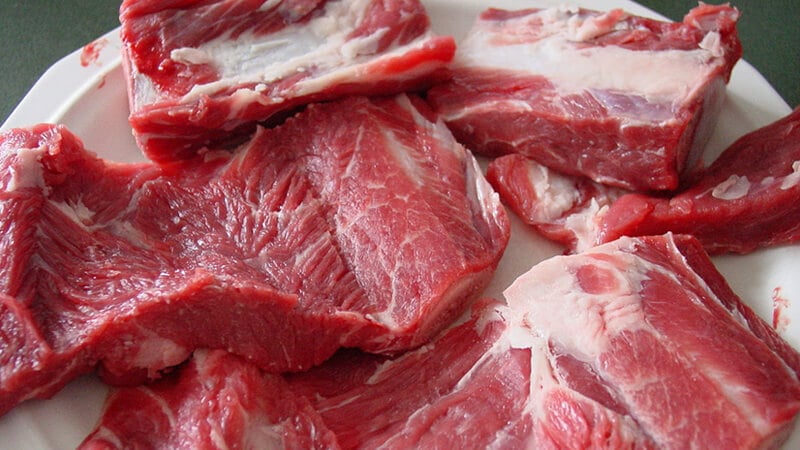
Avoid buying lean and abnormally thin meat: This could be meat that has been injected with tenderizing agents, which can be harmful to your health if consumed.
Do not buy meat that is dark red: Dark red color could be due to the pig being injected with anesthesia before slaughter, leading to blood pooling in the cells and creating a darker color. Avoid buying such pieces of meat.

Check the elasticity: When making a purchase, use your hand to press the piece of meat to create an indentation. If the piece of meat returns to its original shape when you lift your hand, it indicates good quality and ensures its freshness.
Adhering to these principles will help you purchase clean and safe pork for your health.
How to Properly Handle Meat
To handle pork correctly and efficiently, avoid soaking the meat in hot water or boiling it, as this can cause protein loss and make the meat absorb more contaminants. Instead, you can apply the following methods:
Quickly rinse the meat with clean water or diluted saltwater: This is a simple and effective way to remove dirt and improve the taste of the meat.
Soak the meat in diluted saltwater: Place the meat in diluted saltwater to clean it and reduce contaminants. The saltwater can be made by mixing clean water with a small amount of salt.
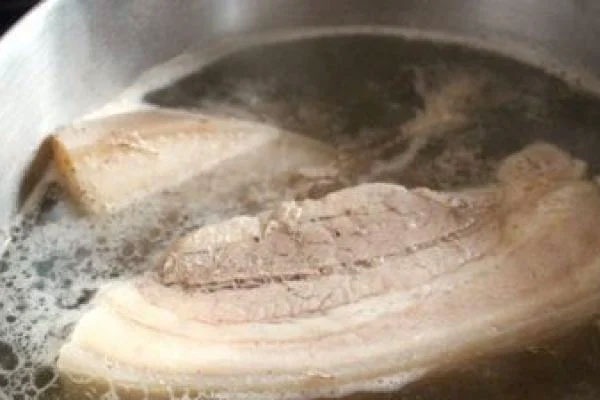
Boil the meat in cold water before cooking: Put the meat in a pot of cold water and boil it on the stove until the water boils. During this process, if there is foam floating on the meat broth, skim it off as it contains toxins removed from the meat.
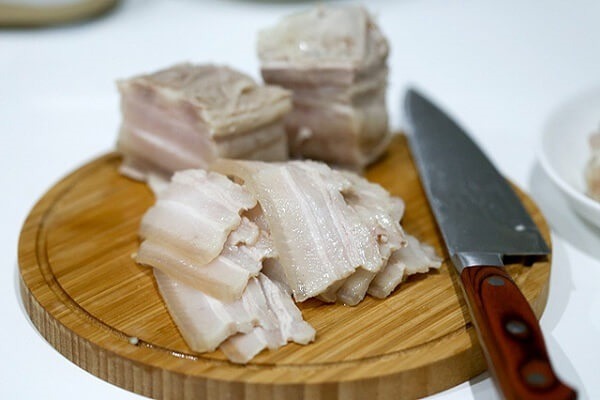
Following these methods will help ensure the safety and quality of pork when cooking.
Rinsing with water alone is not enough, cleaning pig liver requires adding powder and salt to make it clean and odor-free
If you know how to select and prepare it properly, the liver can be nutritious and odorless. Before cooking the liver, follow these 4 steps to wash it.




























